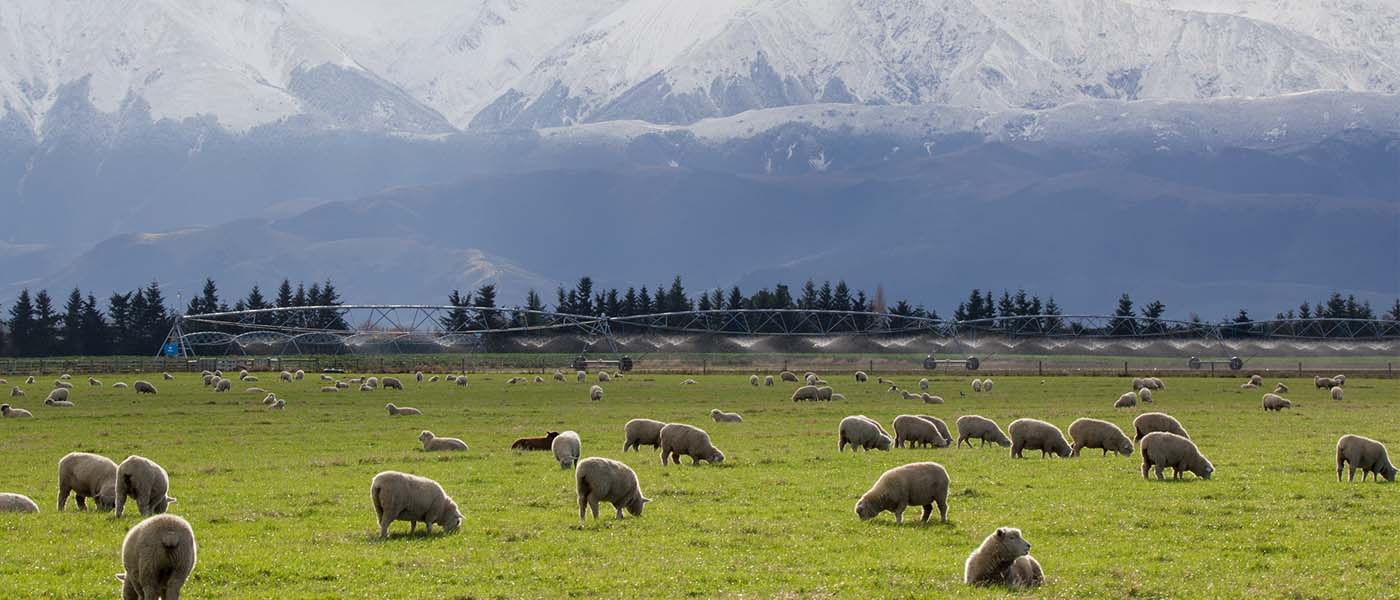
For as long as ruminants have been farmed in New Zealand, trace mineral deficiencies have had an impact on the ability of stock to perform at expectation.
It is generally considered that there are five different trace elements which are most likely to cause deficiencies in the New Zealand setting – cobalt (B12), selenium, copper, iodine and zinc. Many farms now have a trace element supplementation policy in place, and, as vets, we are seeing fewer and fewer instances where severe trace element deficiencies have occurred. Instead, we are more likely to be seeing a scenario where animals might have marginal trace element levels, and they are just not performing as well as anticipated.
We have several different methods of increasing the amount of various trace elements that animals require. We can incorporate the trace element into fertiliser, and over time this will be taken up by the pasture and will be available to the grazing animal. In many instances, and if the facilities suit, we can also supplement the drinking water of stock.
Any method of administering trace elements by the mouth, including copper bullets, may run into problems if the deficiency is due to antagonism of other compounds. For example, animals may have a secondary copper deficiency if the diet is high in molybdenum and sulfur. This occurs because the copper molecule binds to other molecules and then becomes unabsorbable. In these instances, it is much more efficient to inject the supplement, as we can be certain that the supplementation is going to be effectively taken up by the treated animal.
We now have a number of injectable products available in the marketplace which may offer the right combination of trace elements to suit the particular situation that is occurring on your property. We have a range of products which contain a single trace element, such as copper or selenium or B12. We also have products which contain trace elements in combination, such as B12 + selenium or copper + selenium + zinc + manganese.
To ensure that the supplementation you are using in your farming enterprise is giving you the best results, we need to know the current level of your animals, trace elements. It is very hard for us to give specific advice when we do not have a baseline understanding of what is happening on your property.
Talk to your Vetlife veterinarian today about finding out what is happening with trace elements on your farm, and what methods we might be able to use to help your animals grow at their best potential.